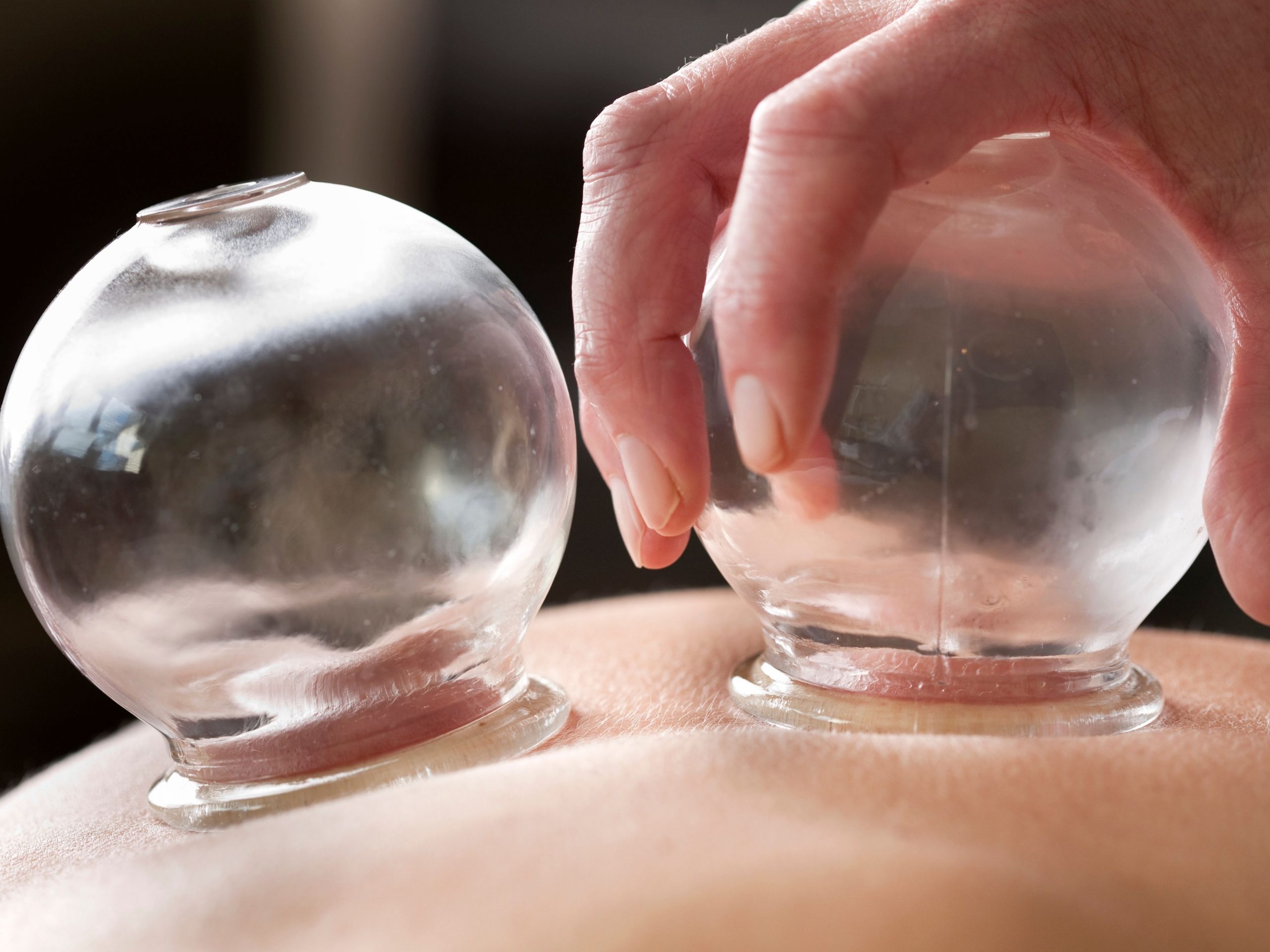What is cupping Therapy?
Cupping therapy is an ancient alternative medicine approach. It was used first in ancient Egyptian, Chinese and Middle Eastern cultures. Cupping utilises suction cups to create a negative energy which pulls skin, muscles and fascia in. It is becoming quite a popular alternative therapy treatment in the western cultures, as it has many benefits associated with it.
Benefits of cupping?
Having cupping therapy is great to improve the lymphatic flow, increase the circulation to improve the blood flow; and release muscle tension. Because the technique is ancient, it is also believed that cupping can help you to improve the flow of qi (chi) which is known as life energy force flowing within our bodies.
All these benefits can contribute to restoring balance within the body helping you relax reducing symptoms of anxiety and depression. Furthermore, The British Cupping Society suggest that cupping can be useful in treating/managing certain conditions such as high blood pressure, anaemia, haemophilia, eczema, acne, varicose veins and lung congestions.
Does cupping help with lower back pain, pinched nerves and ‘knots’?
Cupping is an effective technique to get rid of muscle tension related aches and pains such as: lower back pain; neck and shoulder aches; tension headaches and loosen off tight ‘knots’.
Cupping therapy can even help you to treat pinched nerve symptoms such as numbness, tingling or weakness as long as pinching of the nerve is caused by tight muscles and is not pathological.
What to expect during cupping and is it safe?
During the treatment a therapist will apply round cups onto the various areas of your body. There are two types of cupping: dry and wet, and there are at least four different types of cups which are made of bamboo, glass, silicone and earthenware. Dry cupping utilises only suction technique, whereas wet cupping could also include controlled medical bleeding.
To apply cups on the skin, therapist would usually apply flammable substance on the cups and set it on fire. I know, it might sound off putting, but it is totally safe as long as you see a qualified professional for your treatment. When fire is starting to go down, a therapist will apply a cup on your skin.
While cooling, the air in the cup will create a vacuum sucking your skin deeper into the cup. The skin will then change in colour and become read-ish, this process is a result of the expanding blood vessels in the area.
How long cups are left on?
Cups are usually kept on anywhere between 5 – 10 minutes, but it can vary depending on the therapist. Treatment duration may vary between 15 – 25 minutes, but again that depends on the therapist.
How often can I do cupping therapy ?
It is suggested that cupping therapy is safe to be used on daily basis for acute issues. Cupping can be applied every other day for more chronic conditions. If it is your first-time trying cupping, you might ask a therapist to apply only one cup so that you could familiarise yourself with the process and sensation.
When to avoid the cupping therapy?
Cupping therapy should not be applied if you experienced:
- An acute injury and have bruises
- Burns,
- Sun burns,
- Inflamed and swollen areas,
- Open wounds,
- Fractured bones,
- Complete tears of ligaments or tendons.
Precaution should be taken if you are taking regular anticoagulants. You should communicate this to your therapist because it might cause a longer lasting bleeds on your skin. Cupping should not be applied on eyes and on the lower and upper abdomen during pregnancy. Lower back can be cupped up until sixth months of pregnancy.
Try to avoid cupping if you are on a fasting diet for your own personal or religious reasons as fasting decreases bodies energy and might prolong the recovery after the treatment.
What are the side effects of cupping? Dark marks?
After the cupping therapy treatment, you might experience some bruising, and the area treated might also feel a bit sore. Bruises on the skin might last for up to 3 weeks and it depends on how much toxins and stagnation was in the treated area. More toxins means darker bruises which last longer.
However, if you will be receiving cupping treatment for the same issue frequently, the marks should become less and less dark. In order to reduce the risk of skin infections, a therapist may apply some type of ointment and cover the areas treated with bandages.
Is cupping better than massage?
It is very tricky to say whether or not cupping is better than massage or vice versa because they are two totally different techniques with overlapping benefits. However, cupping therapy can be an excellent addition, or even alternative approach, to massage treatment. In some cases you can combine both for better results. Also, it is worth noting that all of us are different and what works for someone, does not necessarily mean that it will work for you, so the best way to understand what you body responds to best, is to try them both.
If you have any questions about our treatments, please contact us. You can find us 3 mins away from Angel station in Islington. If you like this blog, please share!
We are always happy to help.



